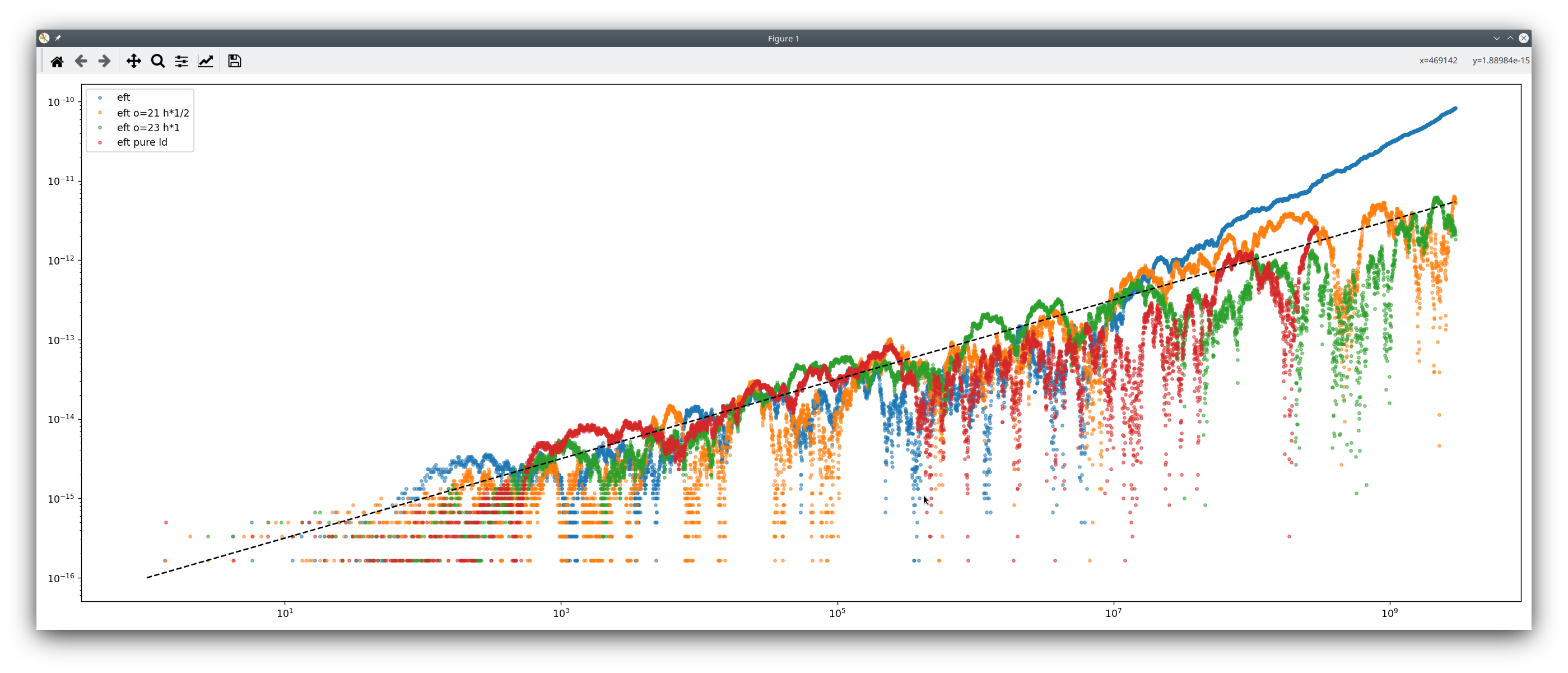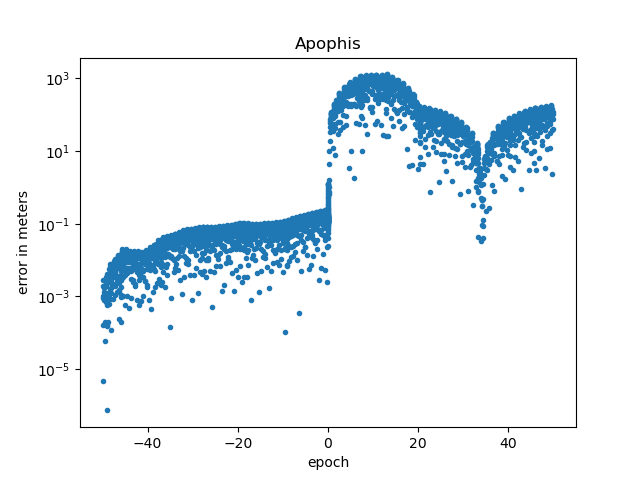Accurate and efficient propagation via the Taylor method

Predicting the evolution of orbiting systems, be it planets, moons or artificial satellites, is at the core of routine activities of astronomers and space engineers at ESA. Planning collision avoidance manouvres, monitoring the Near Earth Object population, designing interplanatery trajectories or stable satellite constellations are some of the Agency's activities where numerical propagation plays a central role. What numerical technique is used as to achieve the most efficient and accurate result? This question is still being actively debated by the scientific community as attested by the large amount of scientific publications written on the topic.
In collaboration with the Theory Group of the Planet and Star Formation Department of the Max Planck Institute for Astronomy the Advanced Concepts Team is testing and developing a new state of the art numerical propagator for generic use and tailored to n-body long term propagations. Based on the not widely spread Taylor approach, the new method leverages error free float numerics and modern programming techniques to achieve significant improvements over CPU times and accuracies with respect to the state of the art. The possibility to integrate at once different initial conditions exploiting Single Instructions, Multiple Data instructions (SIMD) offers an additional performance boost in applications able to leverage it.
Project overview
Is there really a need for a new integration method? One could argue that scientists already have enough tools to integrate numerically dynamical systems to a satisfactory accuracy and efficiency. We believe this is not the case. One particular numerical integration scheme, Taylor integration, is largely ignored by many scientists while it may be the key to improve our current capabilities by orders of magnitudes . Scientists at the Advanced Concepts Team have implemented and used the Taylor integration technique for some years [1,2] gathering enough practical evidence on the surprising performances of the approach.

The reason Taylor integration is not considered as an option in most applications is its complex implementation that needs to be derived specifically for each application as it is fundamentally tied to the analytical form of the equation of motions. While a few software projects [3] have been made in the past to alleviate the issue by providing added levels of automation, most engineers and astronomers still prefer the use of approaches (such as implicit Runge-Kutta methods) that are more flexible and can be used with diverse dynamics.
Using techniques based on modern C++ and leveraging the LLVM project, this MPIA-ACT collabration aims at coding a general purpose Taylor based integrator to be used in multiple applications and able to go beyond the current state of art. We aim at obtaining a fully automated derivation of the Taylor scheme, hiding all complexities from the final user as to convince engineers and astronomers to make use of it in place of traditional techniques, thus gaining much precision and efficiency.
We target in particular n-body problems where, with the additions of ideas coming from error free transformations (a concept that makes it possible to compute accurate results within a floating point arithmetic) and a new scheme for step adaptation, we aim at surpassing the current ias15 [4] propagator considered to be the state of the art in n-body propagation. In the context of long term propagation of asteroid orbits for impact monitoring, we aim at simulating close encounters with significantly improved speed with respect to recent work in Amato et al. [5].
Contacts
Theory Group of the Planet and Star Formation Department (MPIA): moc.liamg@inracseulb:otliam
References:
Yam CH, Izzo D, Biscani F. Towards a high fidelity direct transcription method for optimisation of low-thrust trajectories. arXiv preprint arXiv:1004.4539. 2010 Apr 26.
Dario Izzo. (2016, November 24). esa/pykep: (Version 1.3.7). Zenodo. http://doi.org/10.5281/zenodo.168352
Jorba À, Zou M. A software package for the numerical integration of ODEs by means of high-order Taylor methods. Experimental Mathematics. 2005 Jan 1;14(1):99-117.
Rein H, Spiegel DS. IAS15: a fast, adaptive, high-order integrator for gravitational dynamics, accurate to machine precision over a billion orbits. Monthly Notices of the Royal Astronomical Society. 2015 Jan 11;446(2):1424-37.
Amato D, Baù G, Bombardelli C. Accurate orbit propagation in the presence of planetary close encounters. Monthly Notices of the Royal Astronomical Society. 2017 Sep;470(2):2079-99.